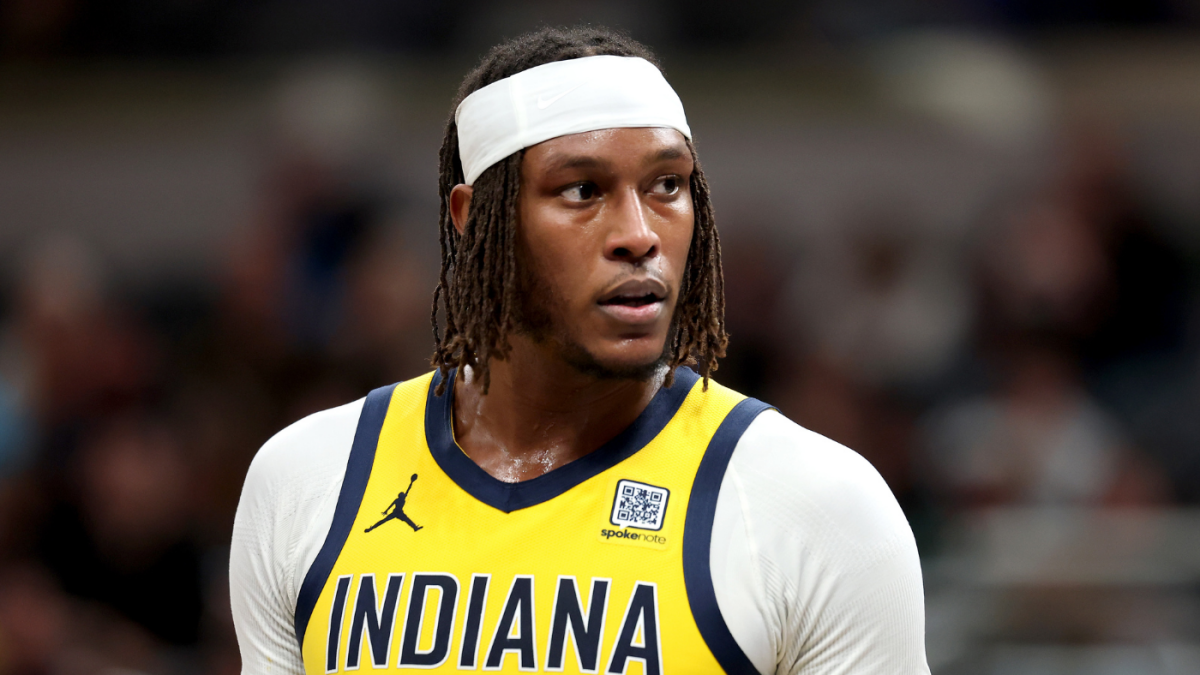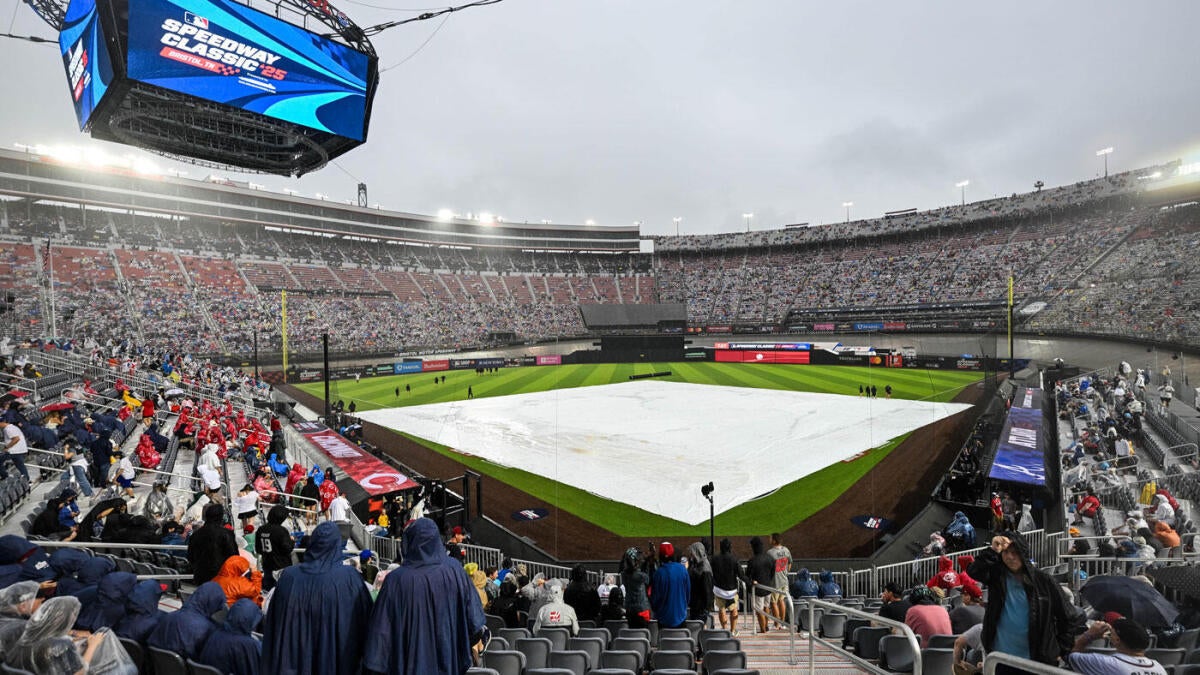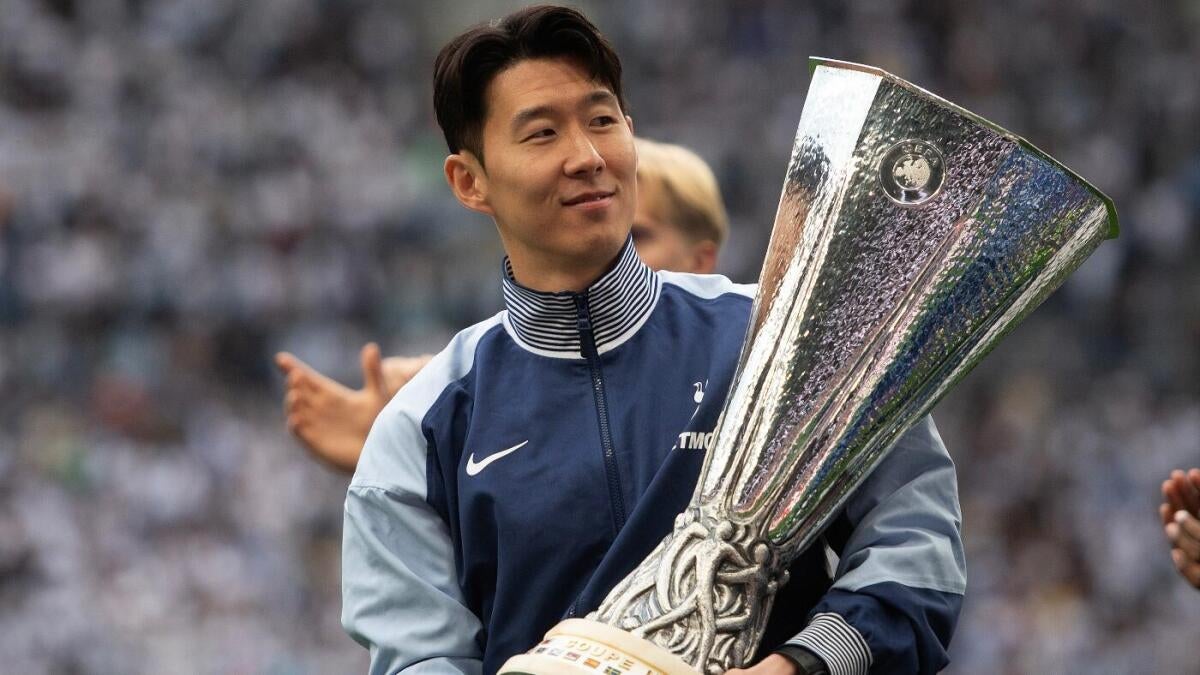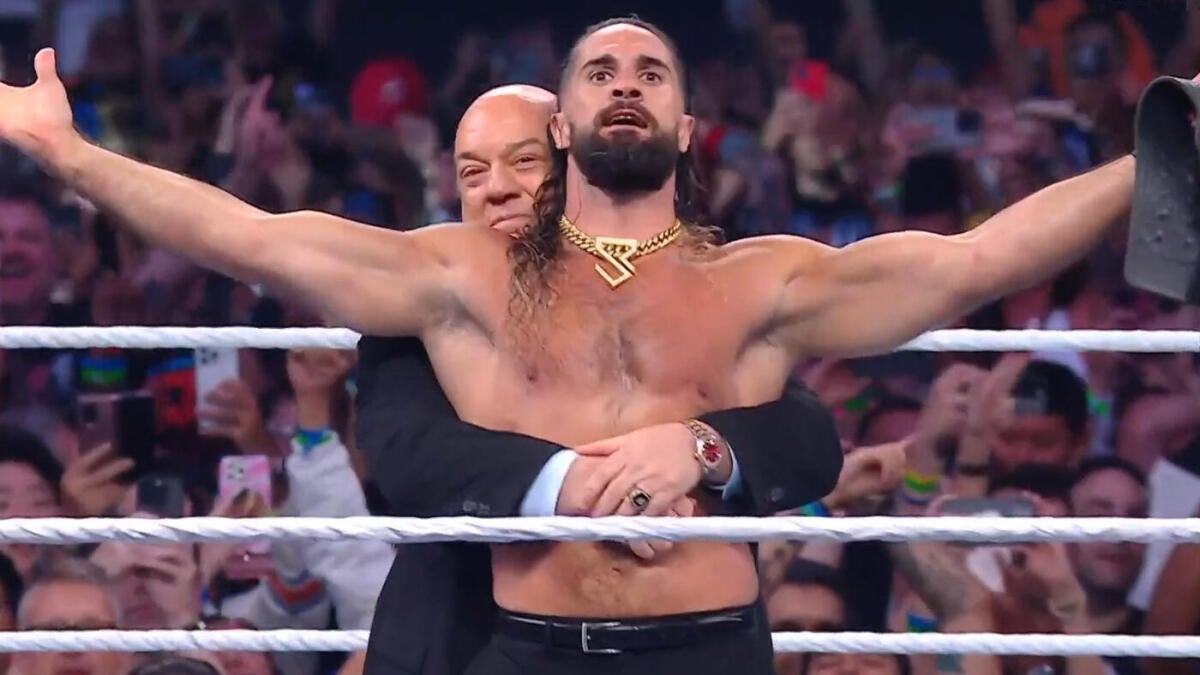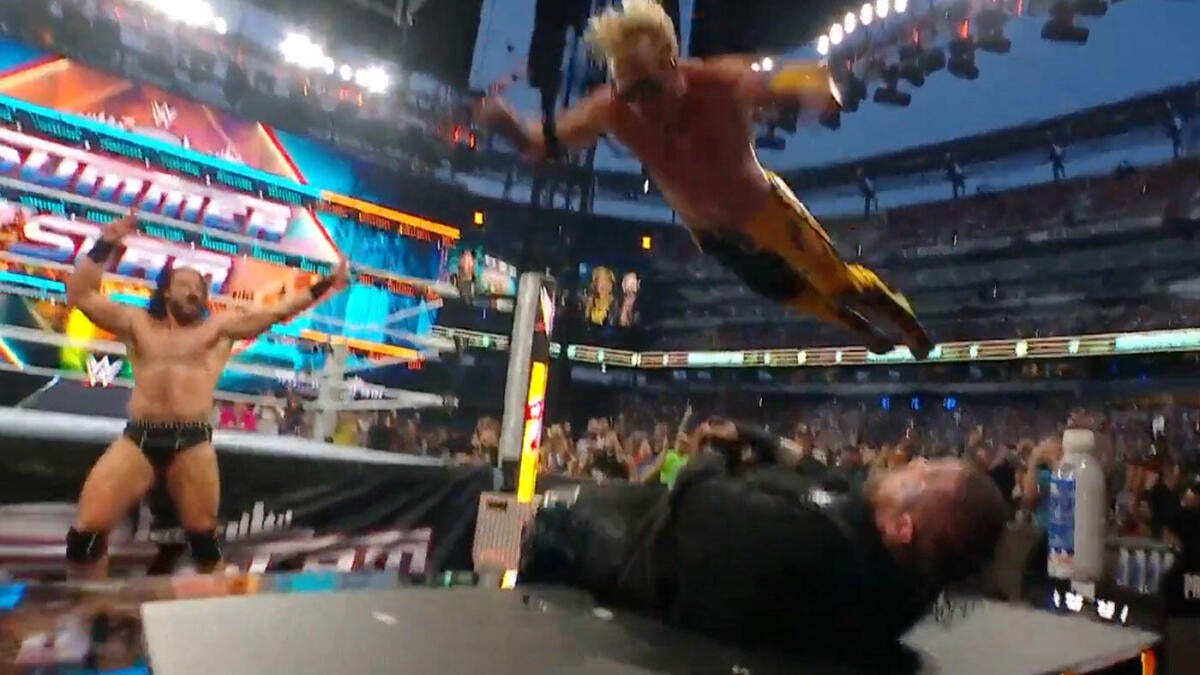The Indiana Pacers’ journey in the summer of 2025 was a stark reminder of the delicate balance between ambition and prudence in professional sports. The team’s unexpected run to the NBA Finals, fueled by the brilliance of Tyrese Haliburton and the steady presence of Myles Turner, had positioned them as a legitimate contender. However, Haliburton’s devastating Achilles injury in Game 7 of the Finals forced the Pacers into a crossroads, one that would test their commitment to long-term success versus financial responsibility.
A Season of Promise and Heartbreak
The 2024-2025 season was a transformative one for the Pacers. Haliburton, already a rising star, elevated his game to superstar levels, becoming the engine of the team’s offense. His playmaking, scoring, and leadership were instrumental in the Pacers’ playoff run, where they defied expectations by reaching the NBA Finals. The addition of Pascal Siakam via trade further bolstered the roster, providing veteran leadership and a reliable scoring option. Myles Turner, a cornerstone of the franchise for nearly a decade, anchored the defense and contributed significantly on offense.
The Finals appearance was a testament to the Pacers’ growth and potential. However, the heartbreaking loss in Game 7, compounded by Haliburton’s injury, cast a pall over the franchise. The injury not only sidelined their star player for the foreseeable future but also forced the front office to reevaluate their financial commitments. The Pacers were on the verge of entering the luxury tax for the first time in two decades, a decision that now seemed far more complicated.
The Financial Crossroads
The luxury tax is a significant financial hurdle for NBA teams. It imposes penalties on teams whose payroll exceeds a predetermined threshold, designed to promote competitive balance. For the Pacers, entering the luxury tax would mean paying a substantial penalty and facing restrictions on future team-building moves. Before Haliburton’s injury, the Pacers’ ownership seemed willing to make this financial commitment to retain Turner and build on their Finals appearance. However, with their star player sidelined, the calculus changed.
The Pacers faced a dilemma: should they invest heavily in a team without its star player, or should they prioritize financial prudence and focus on the future? Retaining Turner would require a significant financial investment, pushing the team into the luxury tax. Some argued that keeping Turner would provide continuity and stability, allowing the Pacers to remain competitive in the Eastern Conference. Others believed that paying the luxury tax for a team without its star player was a risky and potentially wasteful investment.
The Decision and Its Aftermath
In the end, the Pacers chose financial prudence over immediate championship aspirations. They decided not to offer Turner a contract that would have kept them out of the luxury tax. Turner, sensing the shift in the team’s priorities, opted to sign with another team, leaving a void in the Pacers’ frontcourt. The decision was met with mixed reactions. Some fans and analysts criticized the Pacers for being unwilling to invest in their team and potentially squandering the momentum they had built. Others defended the decision, arguing that it was a responsible move given Haliburton’s injury and the uncertainty surrounding his recovery.
With Turner gone and Haliburton sidelined, the Pacers entered a period of transition. The team focused on developing its younger players, such as Jarace Walker and Bennedict Mathurin, and exploring potential trades to acquire assets for the future. While the 2025-2026 season was likely to be a challenging one, the Pacers remained optimistic about their long-term prospects. The organization’s strategy hinged on Haliburton’s successful recovery and his ability to return to his pre-injury form. If Haliburton could regain his superstar status, the Pacers would be well-positioned to contend for championships in the years to come. However, if Haliburton’s injury proved to be more debilitating than anticipated, the Pacers would face a longer and more difficult rebuilding process.
The Pacers’ Identity and Future
The Pacers’ decision to avoid the luxury tax after Haliburton’s injury was a reflection of the team’s long-standing commitment to financial responsibility and sustainable team building. Unlike some NBA teams that are willing to spend lavishly in pursuit of championships, the Pacers have traditionally prioritized fiscal prudence, focusing on developing talent through the draft and making shrewd trades. This approach has its advantages and disadvantages. On the one hand, it allows the Pacers to avoid the boom-and-bust cycles that can plague teams that overspend. On the other hand, it can limit the team’s ability to compete with the league’s wealthiest franchises.
The Pacers’ journey through the summer of 2025 serves as a compelling case study in the complexities of NBA team management. A confluence of factors – a Cinderella playoff run, a devastating injury, and the looming specter of the luxury tax – forced the Pacers to make difficult decisions that would shape the team’s future for years to come. While the short-term outlook may have appeared bleak, the Pacers’ story was far from over. With a young superstar in Haliburton, a talented supporting cast, and a front office committed to building a sustainable winner, the Pacers remained a team to watch. The path ahead may have been uncertain, but the Pacers, with their unwavering commitment to smart basketball and financial prudence, were ready to face the challenge, hoping to once again become a force in the Eastern Conference. Only time will tell if their gamble pays off, but one thing is certain: the Pacers’ story is a testament to the enduring power of hope and the unwavering pursuit of excellence.







